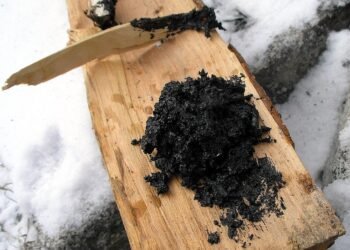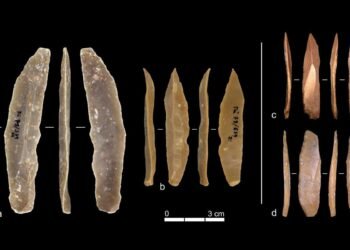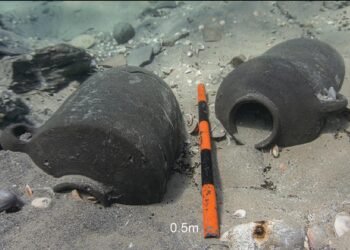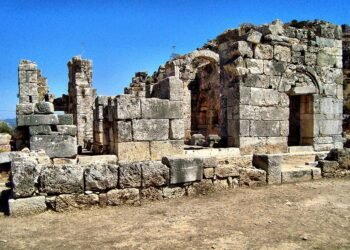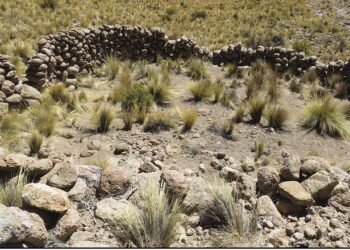According to the Associated Press, archaeologists from the National Institute of Archaeological Sciences and Heritage of Morocco have unveiled new findings from Chellah, a UNESCO World Heritage Site located near Rabat. This sprawling 1.2-square-mile site, almost five times larger than Pompeii, has exposed ancient ruins that paint a vivid picture of a bustling port city with thermal baths and working-class neighborhoods.
Believed to have been initially settled by the Phoenicians, Chellah evolved into a key outpost for the Roman Empire between the second and fifth centuries. Situated along the Bou Regreg river near the Atlantic Ocean, the site boasts a fortified necropolis and surrounding settlements. Archaeologists have identified bricks inscribed with neo-Punic language, pre-dating the Roman influence in Morocco.
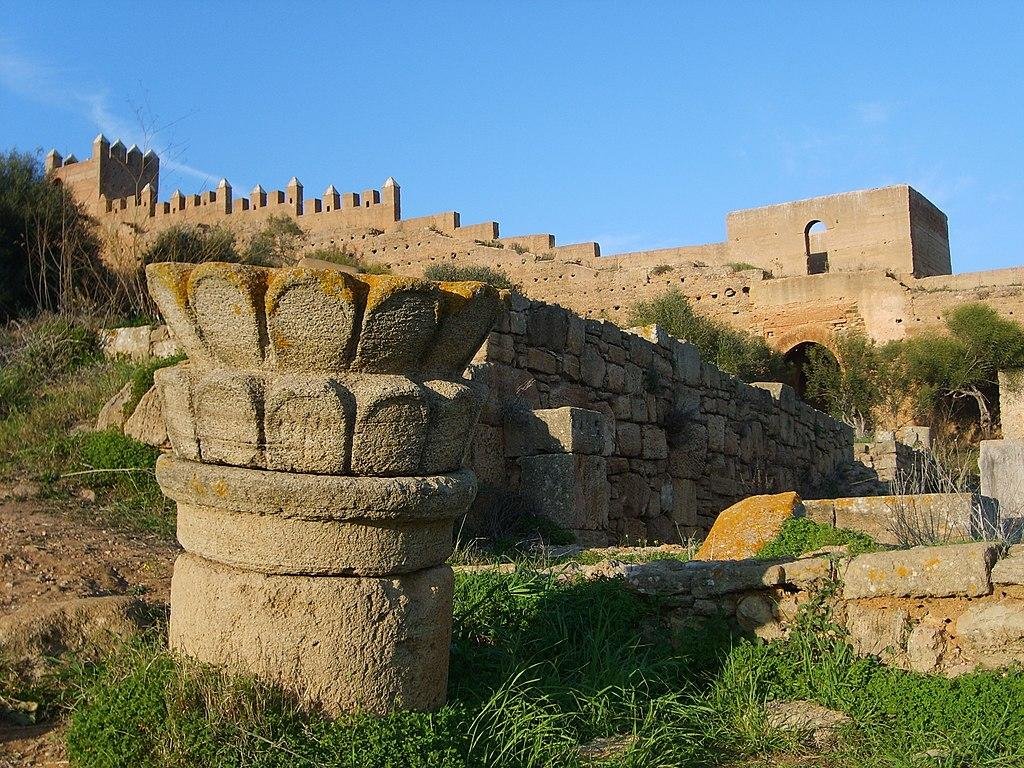
The main excavation site, closed for renovations during the pandemic, has been under expansion since March. While the actual port remains elusive, researchers hypothesize that Chellah played a vital role as a trading hub, dealing in commodities such as Italian marble and African ivory.
Recent discoveries include a statue of a woman, potentially a deity or empress, draped in cloth—Morocco’s first such statue since the 1960s. Additionally, a limestone and sunbrick neighborhood has been brought to light. Abdelaziz El Khayari, a professor of pre-Islamic archaeology, highlighted the significance of Chellah’s waterfront location, emphasizing its historical importance for trade.
“We still haven’t discovered the actual port,” notes El Khayari, expressing optimism about unearthing more insights in the future. The expanded footprint of Chellah, including the newly revealed areas, surpasses that of Volubilis, a well-known site located 111 miles east of Rabat.
Mehdi Ben Said, Morocco’s minister of youth, culture, and communication, envisions Chellah becoming a major tourist attraction, drawing visitors from Morocco and beyond. The government has already invested $487,000 in the project, with plans to double the funding in the coming years until the excavation is complete.
“It’s something that can interest everyone,” said Ben Said, highlighting the potential of Chellah to rival other popular sites like Volubilis, which attracts 500,000 visitors annually. The government aims to reach 1 million visitors by revitalizing Chellah through marketing and communications initiatives.



